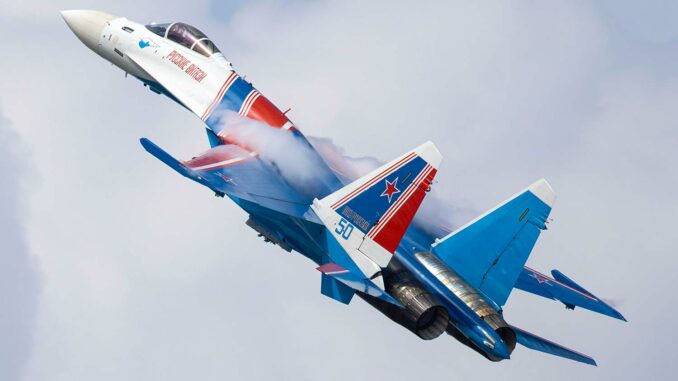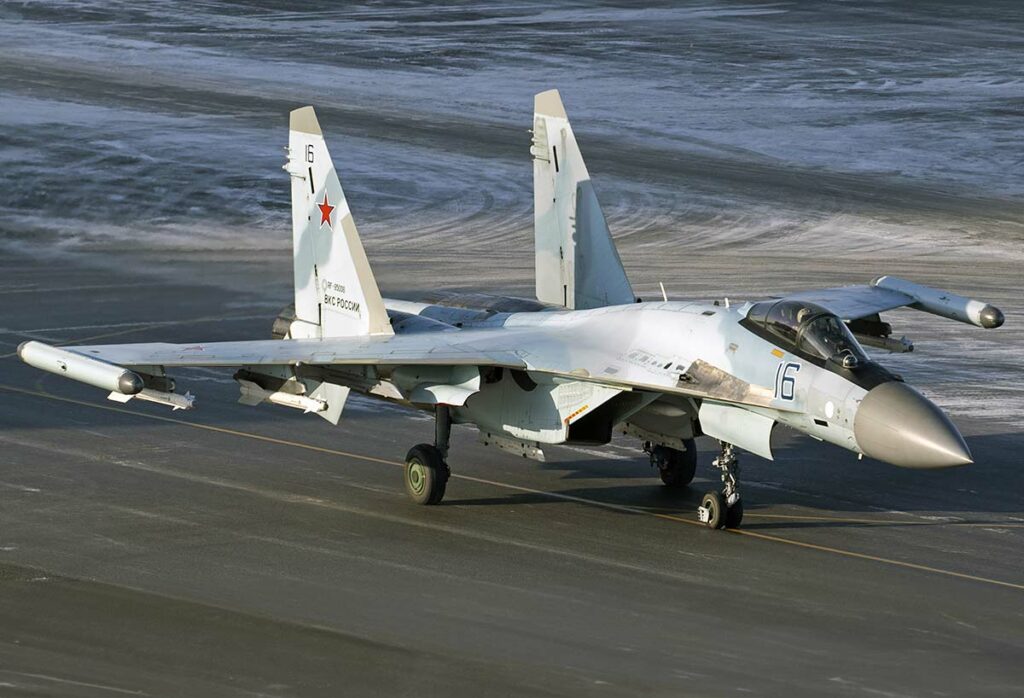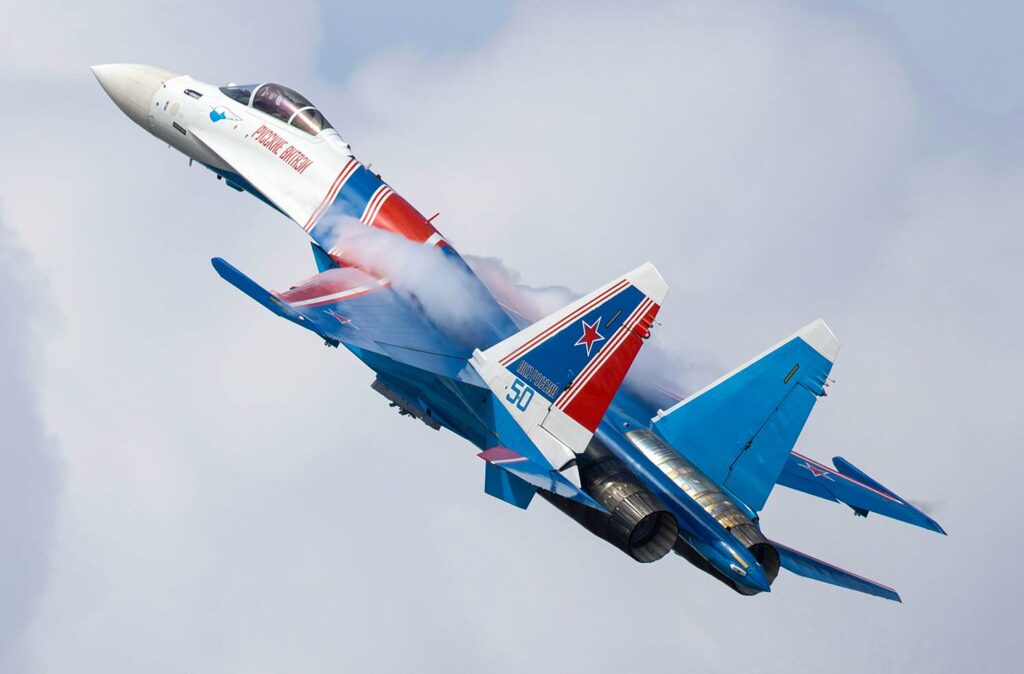
Despite the loss of several Su-35 fighters in Ukraine, Russia plans to improve these aircraft by drawing on its combat experience. At the same time, production of the fifth-generation Su-57 fighter is being stepped up, heralding major advances in terms of combat capabilities and advanced technologies.

The background to the Su-35 in Ukraine
The Su-35, nicknamed Flanker-E by NATO, has suffered several losses in Ukraine, prompting Russian manufacturers to consider improving its capabilities by drawing on combat experience. This super-maneuverable multi-role fighter is classified as a “4++” generation aircraft.
Lessons learned from the Special Military Operation (SMO)
According to Alexander Pekarsh, Director of the Komsomolsk-on-Amur Aviation Plant, the experience gained during the Special Military Operation in Ukraine has enabled rapid advances in the capabilities of the Su-35S. Problems that used to take a long time to solve are now being tackled quickly.
Assessment of losses and impact on the Su-35’s reputation
Oryx, a Dutch open intelligence media, reports that Russia has lost five Su-35S jets since the start of its military operations in Ukraine. Although the Su-35S continues to pose challenges for Ukraine, its global reputation has been somewhat shaken by the losses.
Diminishing international interest in the Su-35
Initial interest in the Russian fighter from a number of countries has waned, not least because of the threat of sanctions from the USA. However, ongoing improvements could renew international interest in the Su-35S.
Intensification of Su-57 production
At the same time, production of the fifth-generation Su-57 fighter is being stepped up. Although still in its operational infancy, the focus is on increasing production, involving additional equipment, expanding facilities and managing personnel challenges.
Improving the Su-57’s combat capabilities
The Rostec State Corporation recently announced that the Su-57 would be equipped with enhanced combat capabilities thanks to the integration of its second-stage engine, the “Product 30”. Although the Su-57’s involvement in the Ukrainian conflict is not widely documented, Russian experts praise it as a leading fifth-generation fighter.
Advanced technical features of the Su-57
One Russian expert highlighted a crucial feature of the Su-57: radars spread over the entire surface of the aircraft, forming an “intelligent skin”. The expert also noted advances in various aspects, including cockpit design and armament.
The Okhotnik drone and the civil aircraft program
The Su-57 is being developed to operate in tandem with the advanced Okhotnik UAV. In addition, the manufacturer is collaborating with the Yakovlev Corporation production center to master the civil aircraft construction program, in particular for the production of the Superjet-100 aircraft.

Future plans for the Sukhoi Superjet New (SJ-100)
United Aircraft Corporation (UAC) has revealed plans to deliver 22 import-substituted Sukhoi Superjet New (SJ-100) aircraft powered by PD-8 engines to Russian airlines, with delivery scheduled for 2024.
The challenges faced by Su-35 fighters in Ukraine are stimulating significant technological advances, while the intensification of Su-57 production indicates a renewed Russian commitment to advanced air combat technologies. These developments could not only enhance Russia’s military capabilities, but also potentially rekindle international interest in its fighter aircraft, despite current obstacles such as international sanctions.